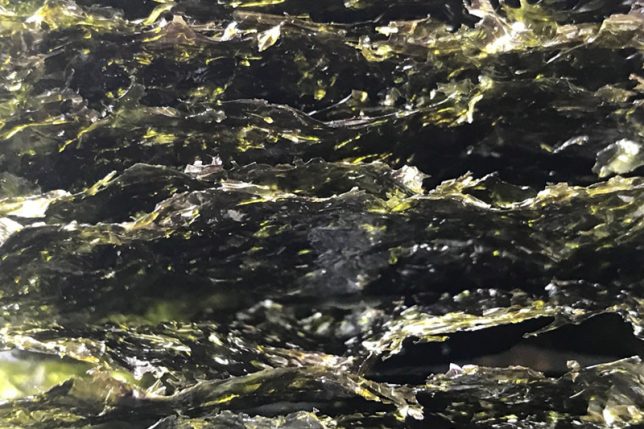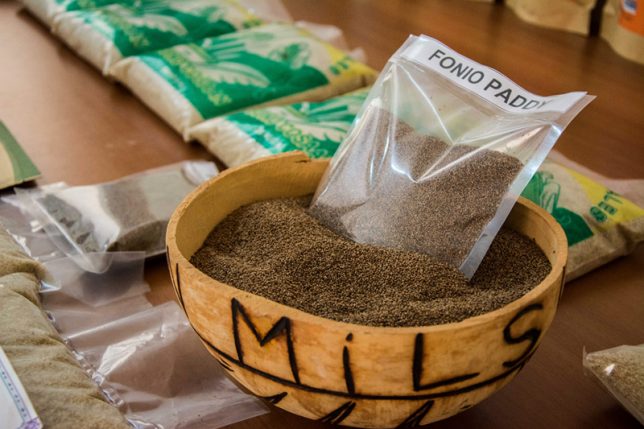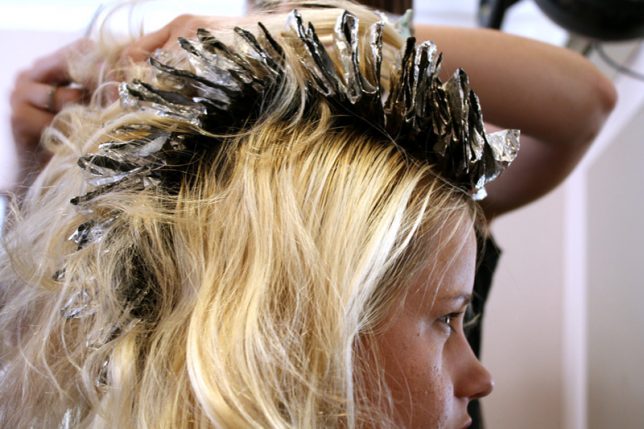I’m looking for ideas for healthy, green snacks to have around the house and for packing with the kids’ lunches. Any ideas?
–Mickey P., Salt Lake City, UT
There are so many healthy, green food options out there today that the work is no longer in finding them but is instead in choosing between them. One favorite for kids’ lunch boxes is gimMe Snacks roasted seaweed. Some 15 to 100 times more volume of seaweed can grow on the same footprint as lettuce. And while seaweed requires no water to produce, lettuce needs 15 gallons per pound. The entire gimMe product line is made with organic, non-GMO seaweed sustainably grown in South Korea.

Forager Project takes the skin, seeds and pulp that other food companies toss and rehydrates it into veggie chips that are like eco-friendly Doritos. Cheezy and Wasabi are among the company’s signature flavors. You won’t feel like a bad parent when your kids pull Forager Project chips out of their lunch boxes.
If you’re beyond milk, Modest Mylk could be just what you’re looking for. Purchasing just one (recyclable glass) jar gives you 42 servings of nut mylk and saves 11 milk cartons from going to the landfill. When blended for just 60 seconds with water, the shelf-stable base creates fresh homemade nut mylk—free from carrageenan, gums, emulsifiers, preservatives, and artificial ingredients.
Another favorite non-dairy treat is Nuttzo, which makes nut butters without using antibiotics, growth hormones, pesticides or fertilizers—and with ingredients farmed under national standards of renewable resources and soil and water conservation. It’s Organic Power Fuel Chocolate spread has cashews, brazil nuts, almonds, flax seeds, chia seeds, hazelnuts, pumpkin seeds, chocolate and sea salt—and no palm oil.
Stonyfield Organic, which started as an organic farming school before adding on yogurt production some 35 years ago, still supports the planet through renewable energy and packaging its products in plant-made material instead of plastic. Snack lovers young and old still love their organic string cheese, fruity cows, graham crackers and cookies, not to mention the New Hampshire company’s signature yogurt.
Since its beginnings at an Austin, Texas farmers market in 2009, GoodPop’s frozen pops have always been made with non-GMO, Fair Trade Certified, rBST-free, organic and locally sourced ingredients. We like Cookies N’ Cream and Banana Cinnamon, but you might be more the Chocolate Milk or Watermelon Agave type. GoodPops are made with whole foods and never concentrates, extracts or artificial flavors.
Alter Eco’s tagline “Enlightened Indulgence” perfectly describes this green-minded chocolate company’s ethos. Whether you like truffles, caramels, smothered almonds or just good old-fashioned chocolates, Alter Eco lets you enjoy without the environmental guilt, as their Swiss-made chocolate is crafted from organic cacao by farmers who are replanting South American rainforests.
There are plenty of other ideas out there. Just browse the aisles of Whole Foods and you’ll find lots of other choices. And don’t forget about good old-fashioned fruit and veggies. Crunchy carrots, juicy apples and tart blueberries never go out of style on the kitchen counter or in the lunch box.
CONTACTS: gimMe; Forager Project; Modest Mylk; Nuttzo; Stonyfield; GoodPop; Alter Eco.
EarthTalk® is produced by Roddy Scheer & Doug Moss for the 501(c)3 nonprofit EarthTalk.


